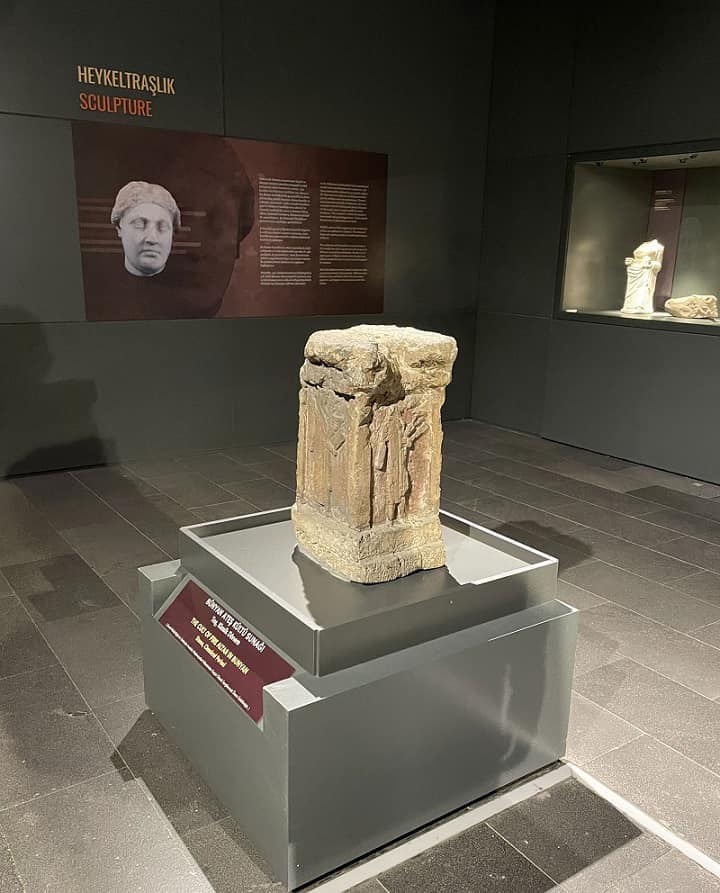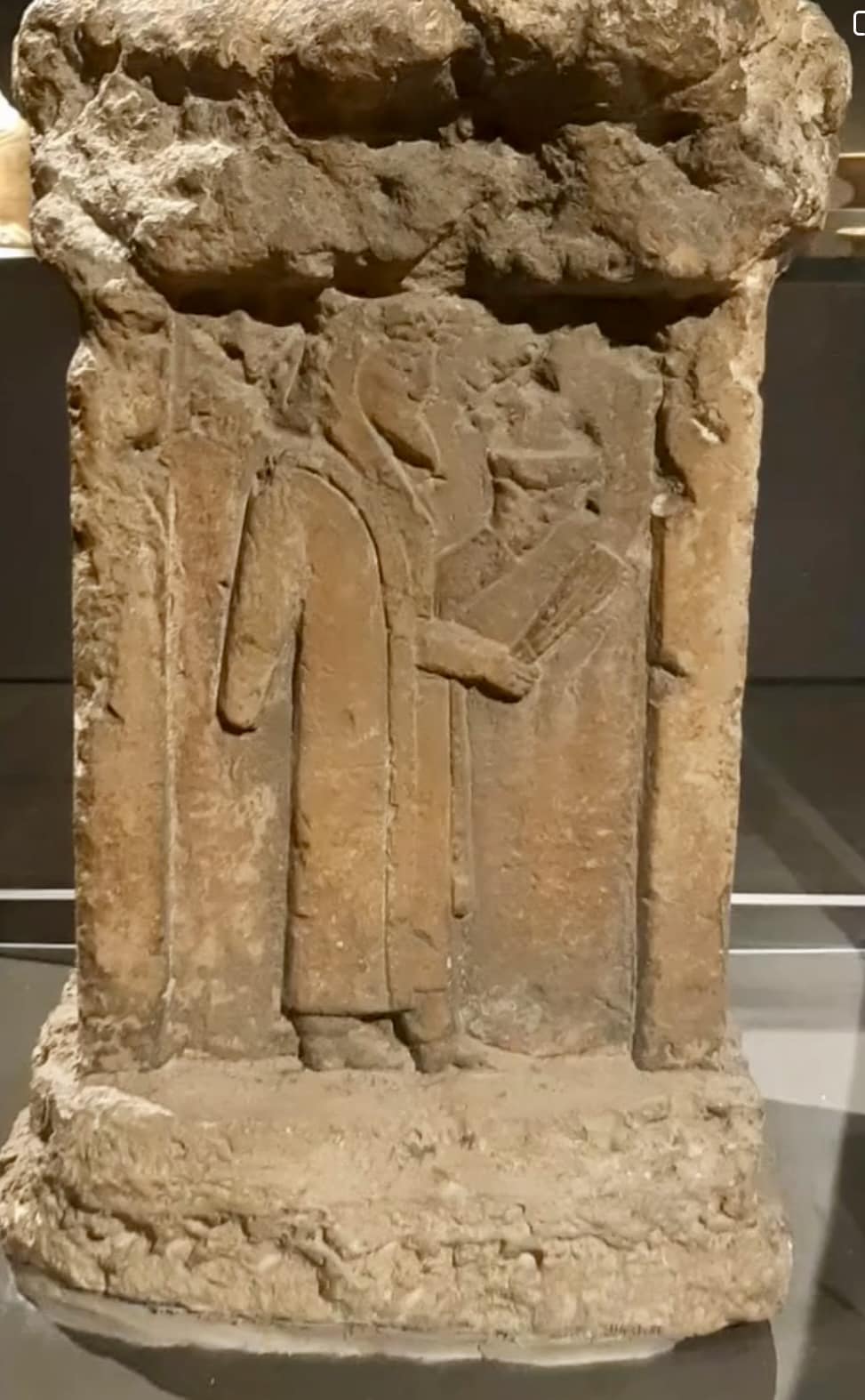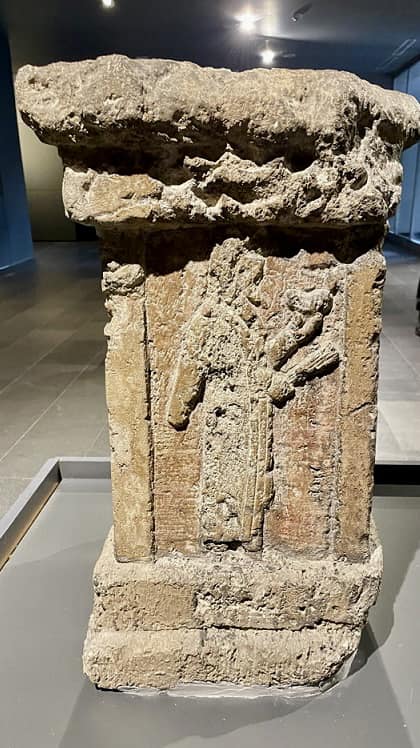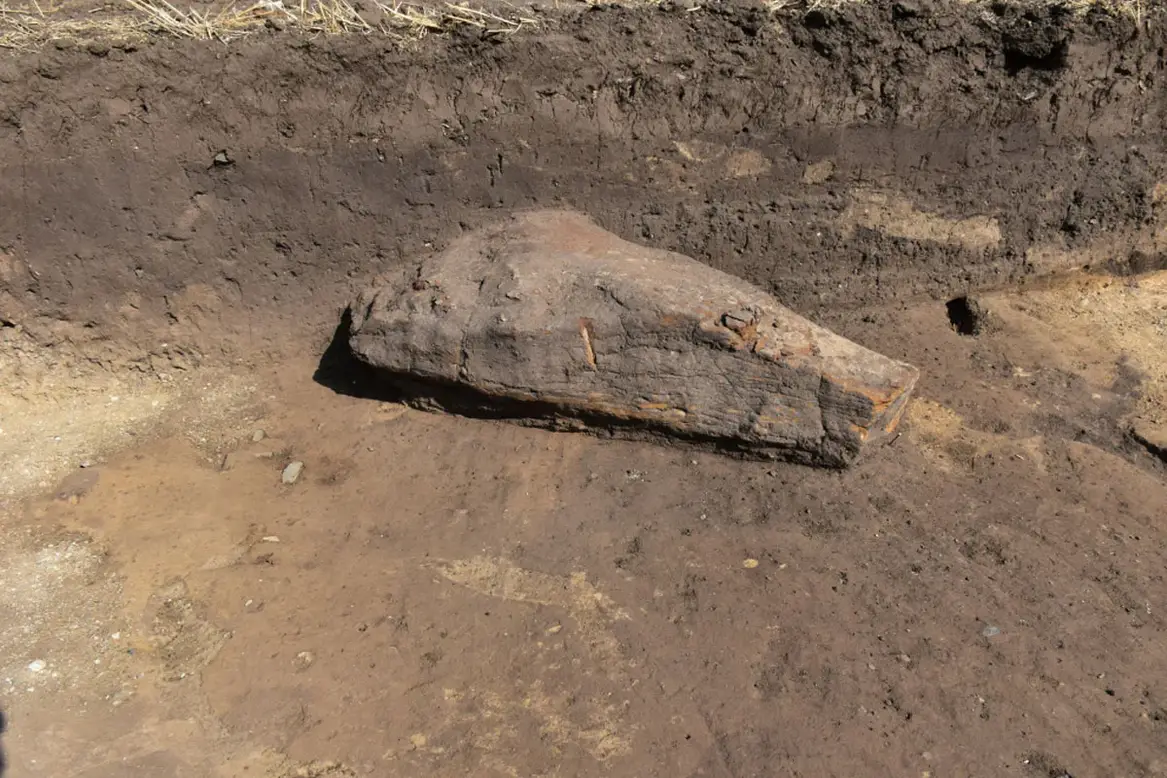Discovered in the 1930s in the Bünyan district of Kayseri, Central Anatolia, the Persian Fire Cult Altar stands as a remarkable testament to the religious practices of the ancient Persians, dating back to 500 BC. This unique artifact, which is the only known example depicting the Persian fire cult, offers invaluable insights into the spiritual life and rituals of its time.
Initially housed in the Museum of Anatolian Civilizations for preservation, the altar was returned to its original location at the Kayseri Archaeology Museum in 2022.

The altar is intricately designed, featuring figures of fire priests engaged in various ritualistic acts on all four sides. These depictions are not merely artistic expressions; they serve as a window into the religious beliefs and practices of the period. The priests are shown holding significant objects, such as bundles of tinder and libation cups (piales), which were essential in their fire-related rituals. This iconography helps modern scholars and enthusiasts alike to understand the ceremonial functions and the symbolic meanings behind these items.
One of the most fascinating aspects of the altar is the evidence it provides of cultural interaction between the Persians and the Anatolian civilizations. The adoption of Anatolian-style altar stones by the Persians suggests a blending of traditions and practices, highlighting the dynamic exchanges that occurred in the region. This cultural fusion is a reminder of the interconnectedness of ancient societies and their shared influences.

Crafted from light limestone, the altar’s design indicates its portability, suggesting it was likely used in various ritual areas rather than being a fixed installation. The fine details of the figures not only showcase the artistic style of the time but also reflect the high level of craftsmanship achieved by the artisans of that era.





